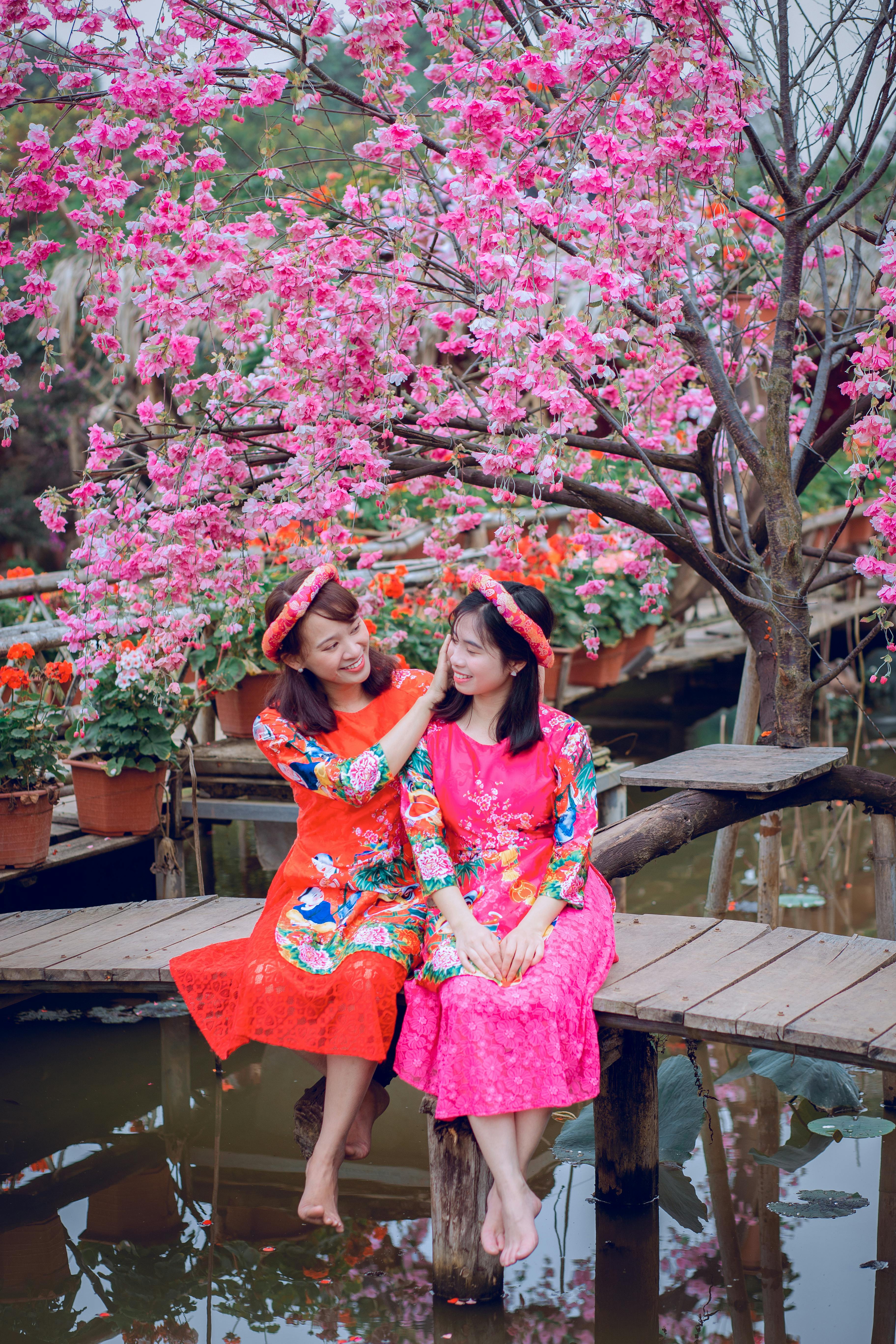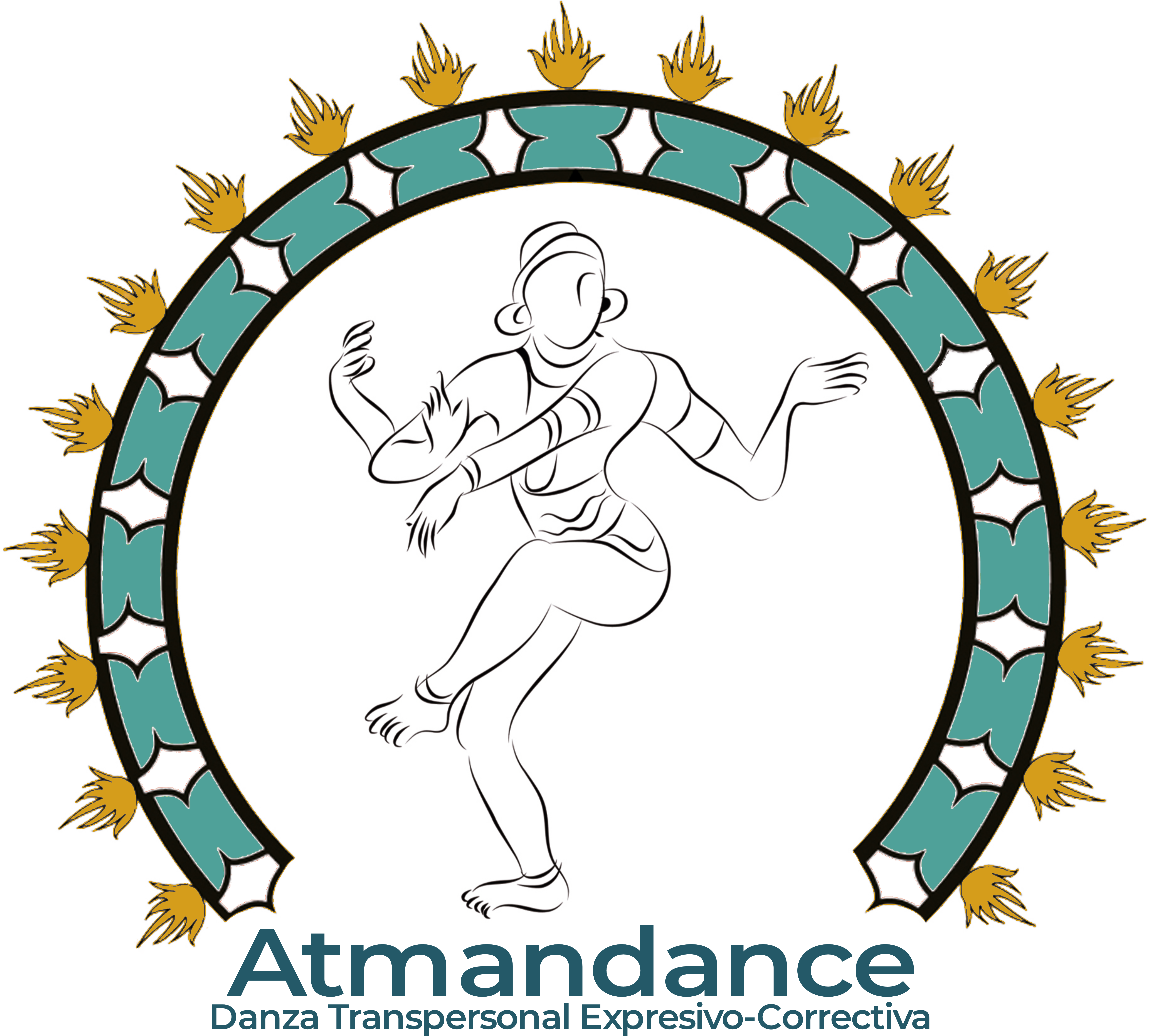A ceremony is a significant occasion in Central Asia that reflects the region’s migratory history and is typically accompanied by sizable festivities. Despite the fact that some customs were outlawed during the 60 to 70 centuries of Soviet/russian law, others are still practiced today.
For instance, brides in Kyrgyzstan frequently live with their fresh in-laws for week, sometimes perhaps times, prior to the wedding meeting. During this time, she does receive advice on how to be a excellent family from her female family members. In the past, they would moreover perform tunes to strengthen the relationship. This time period is referred to as Kazakh» Salom Beru» or» Kelin Salam» During this time, the wife is dressed in a traditional costume and mask. She does formally welcome customers by making bows. Additionally, she does receive a pale robe, which represents beauty.
The bride’s female friends will also receive products from the groom. He may even pay a marriage to her relatives group in some areas of the country. 90 % of all wedding ceremonies in Turkmenistan involve paying this «bride’s price,» which may contain horses, cattle, income, embroidery, and dresses. This practice was outlawed during the Communist time but is now becoming more popular. Both families may have friends and neighbors join them at the exact ceremony particular function. The invitee listing, which is frequently lengthy, reflects the social standing of the locals.
Both families does get ready for a sizable dinner before the actual ceremony meeting. The bridegroom may subsequently engage in the «uncovering the face» ritual. This entails shooting an dart three instances https://asiansbrides.com/tajik-brides/ into a hole in the house’s sky. The dart narrowly misses the woman’s brain on the first two attempts. She is struck in the back by the next arrow. She will then be able to see after unbuttoning the handkerchief that had been covering her face. This serves as a symbol of her consent to the union.
The wife is driven to her novel residence by her adult in-laws on the wedding day itself. Behind a curtain (koshogo ), which is typically hung in the middle of the room, she will be greeted. After that, she’ll hide from her new husband’s adult family in this area for a few days. She did receive more light scarves during this time from the home. Additionally, she likely get her locks combed and be blessed by the female family members.
She may become led to her novel home after the ceremony. Traditionally, embroidered cushions and a bed canopy are used to decorate bedrooms. Following that, the couple does receive invitations to events hosted by their fresh in-laws. The handful will get served a variety of foods at these gatherings, including traditional wheat dishes and mutton broth. They will also get instructed to bust flatbreads in front of their visitors.
Some areas of central Asia also engage in a practice of non-consensual bride abduction known as «marriage by suicide.» When the youngster decides to get married, he both asks his families to pick his wife, or his family tells him that she has been chosen for her brother. This discipline is most typical amongst the Kazakhs, Uzbeks and Karakalpaks, an intelligent region in southern Uzbekistan.


